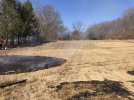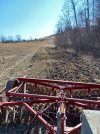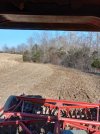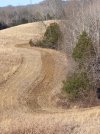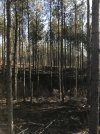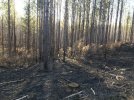BrushyPines
5 year old buck +
Just did my first burn on my property yesterday. I was very nervous at first, but felt a lot better half way through it  I had a buddy that is pretty experienced with burns and helped me through it. I learned a lot just off that one burn. I plan to put some before and after pics on this thread later on of the burnt area, if anyone has any before and after pics feel free to share them here. Just wondering if anyone else has done a prescribed burn and what results they have had from it. Also, if anyone has any tips on burning or just wants to discuss prescribed burns, I'm all ears. Wanting to learn as much as I can to one day do a burn on my own.
I had a buddy that is pretty experienced with burns and helped me through it. I learned a lot just off that one burn. I plan to put some before and after pics on this thread later on of the burnt area, if anyone has any before and after pics feel free to share them here. Just wondering if anyone else has done a prescribed burn and what results they have had from it. Also, if anyone has any tips on burning or just wants to discuss prescribed burns, I'm all ears. Wanting to learn as much as I can to one day do a burn on my own.

